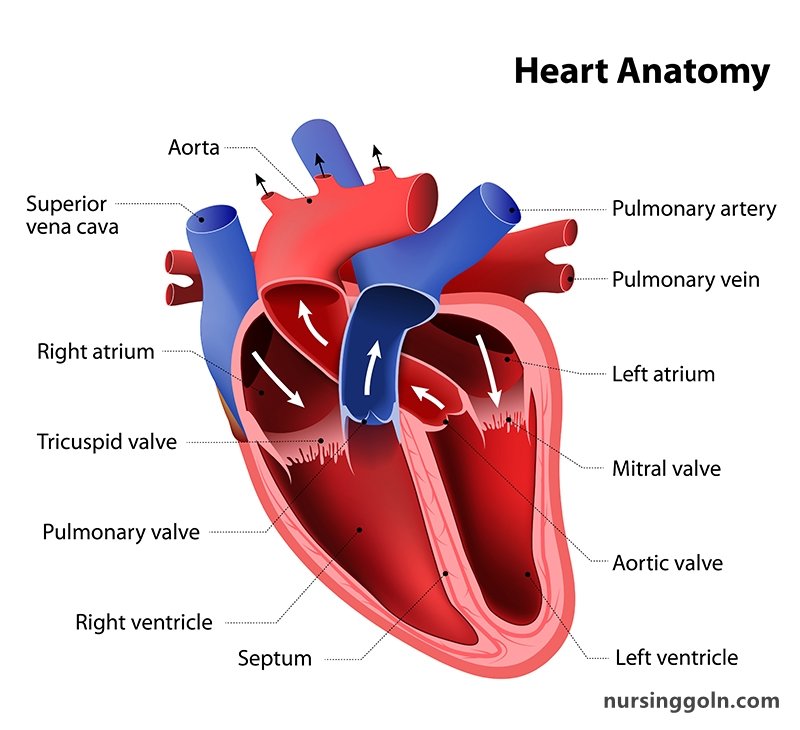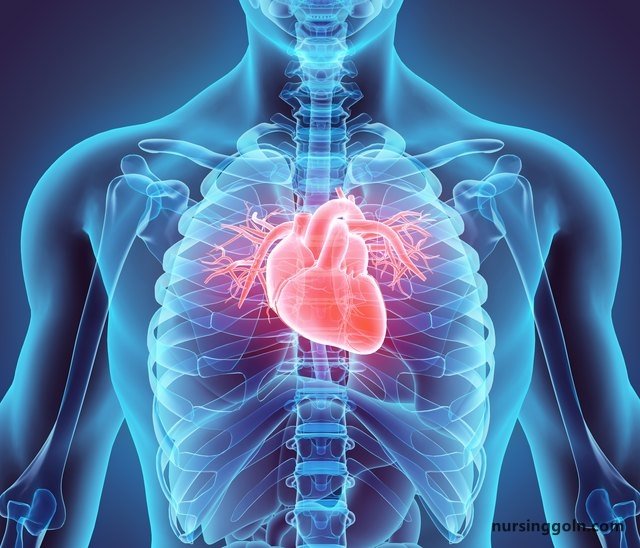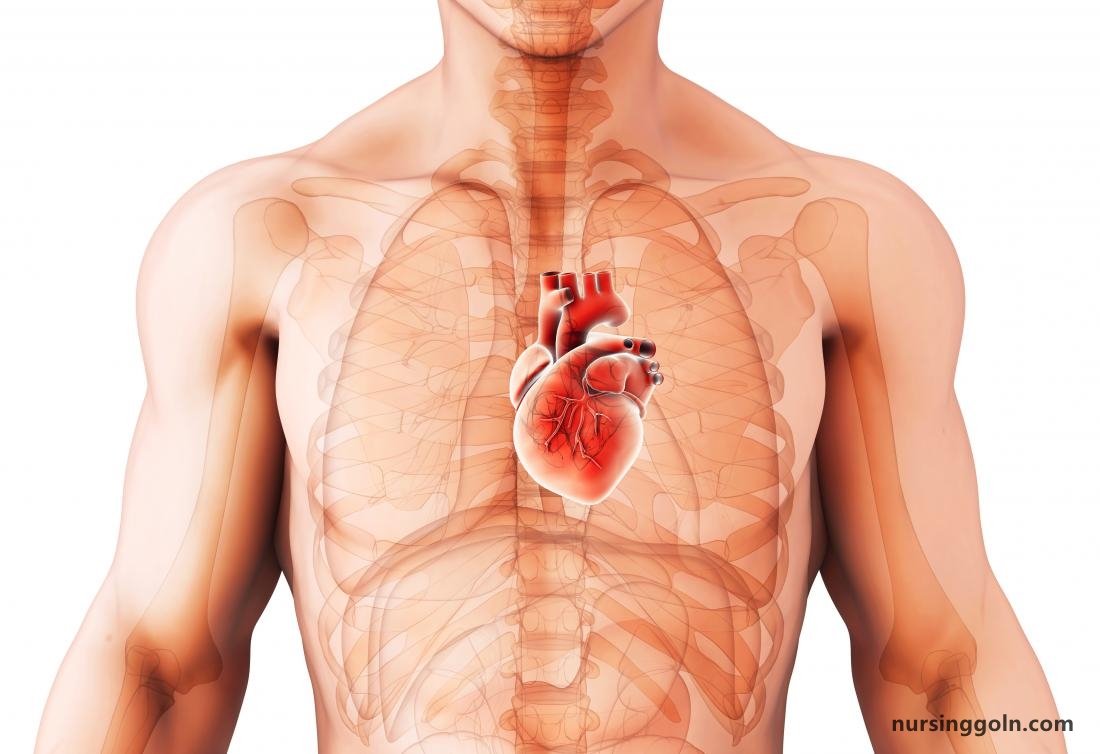Today our topic of discussion is ” Cardiac Physiology “. The heart, the quintessential emblem of life, love, and vitality, holds an esteemed position in both culture and physiology. Beyond its symbolic importance, the heart’s actual function is a marvel of nature, a complex interplay of cells, signals, and structures. At its core, cardiac physiology encapsulates how the heart works. This article dives deep into the intricacies of cardiac physiology, unearthing the science behind every beat.

Cardiac Physiology – The Cardiovascular System: The Heart
1. The Heart: An Overview
Before delving into the specifics, it’s imperative to grasp the heart’s macroscopic structure. This muscular organ, roughly the size of a fist, comprises four chambers: two atria (upper chambers) and two ventricles (lower chambers). Separated by septa and regulated by valves, these chambers ensure that blood flows unidirectionally, supplying the body’s tissues and organs.
2. Cellular Cardiac Dynamics
a. Cardiomyocytes: The heart muscle cells, responsible for the heart’s contractile function. They are interconnected via intercalated discs, ensuring synchronous contractions.
b. Automaticity: A defining feature of some heart cells, especially those in the sinoatrial (SA) node, is their ability to spontaneously generate electrical impulses without external stimulation.
c. Action Potential: The electrical events in cardiomyocytes are orchestrated by a change in voltage across the cell membrane, termed action potential. This involves the orchestrated movement of sodium, calcium, and potassium ions in and out of the cell.

3. The Heart’s Electrical Conduction System
The heart’s rhythmic contractions are not random but a result of an intricate electrical conduction system:
- Sinoatrial (SA) Node: The heart’s natural pacemaker, it generates the initial electrical impulse.
- Atrioventricular (AV) Node: A relay station that momentarily delays the impulse, allowing the atria to contract and empty completely.
- His-Purkinje System: Transmits the electrical impulse throughout the ventricles, ensuring their efficient contraction.
4. Cardiac Cycle: A Symphony of Systole and Diastole
Cardiac physiology is best understood through the cardiac cycle, a recurring sequence of contraction (systole) and relaxation (diastole) that constitutes a heartbeat. This cycle, consisting of atrial systole, isovolumetric ventricular contraction, ventricular ejection, and ventricular filling, ensures efficient blood circulation.

5. Factors Influencing Cardiac Output
Cardiac output (CO) represents the volume of blood the heart pumps every minute. Two primary factors dictate CO:
- Stroke Volume (SV): The amount of blood pumped with each heartbeat.
- Heart Rate (HR): The number of beats per minute.
Thus, CO = SV x HR. Any alteration in SV or HR will impact cardiac output, with subsequent effects on overall body function.
6. Neurohormonal Regulation
The heart doesn’t function in isolation but responds to the body’s ever-changing needs:
- Autonomic Nervous System: The sympathetic division accelerates HR and enhances force of contraction, while the parasympathetic slows down HR.
- Hormones: Epinephrine, norepinephrine, and thyroid hormones play pivotal roles in modulating HR and SV.
7. Cardiac Energetics
The heart, an energy-hungry organ, relies primarily on the oxidation of fatty acids and, to a lesser extent, glucose. Mitochondria, abundant in cardiomyocytes, are the central hubs of energy production.
8. The Coronary Circulation
Ensuring its own oxygen and nutrient supply, the heart boasts a network of coronary arteries and veins. Blockages in these vessels, as in coronary artery disease, can have dire consequences for cardiac function.
9. Valvular Dynamics and Heart Sounds
The heart’s valves ensure unidirectional blood flow. Their opening and closing, dictated by pressure changes in the heart chambers, create the characteristic “lub-dub” heart sounds. Abnormalities in these sounds can signify valve disorders.

10. Pathophysiological Conditions
Disruptions in cardiac physiology can lead to various ailments:
- Arrhythmias: Abnormal electrical rhythms, which can hinder effective blood pumping.
- Ischemic Heart Disease: Resulting from reduced blood flow to the heart muscle.
- Heart Failures: Conditions where the heart cannot pump blood efficiently, leading to systemic effects.
11. Cardiac Innovations and The Future
Modern medicine continually seeks to optimize and restore normal cardiac physiology, especially in compromised hearts. Advances range from pacemakers to correct rhythm abnormalities to groundbreaking techniques like regenerative medicine to heal damaged heart tissue.
Conclusion
Cardiac physiology, with its intricate blend of electrical, mechanical, and biochemical processes, underscores the heart’s role as more than just a biological pump. It’s a testament to nature’s engineering prowess, a harmonious interplay of systems working tirelessly to sustain life. As we continue to unravel its intricacies, we inch closer to pioneering solutions for when the heart’s rhythm falters, reminding us of the beauty and fragility of life.
Read more:
